You have to give these five spices a try this year. Thank me later.
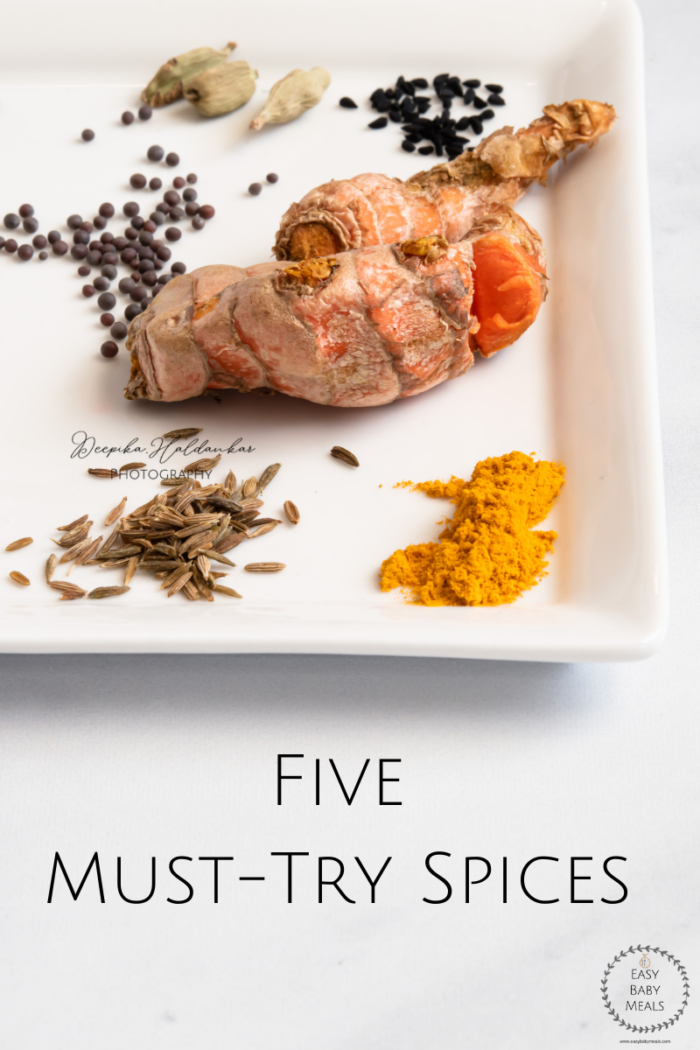
Hello everyone. New year- New beginnings.
Well, I am starting this New Year by trying something I haven’t tried before when it comes to food.
And I am super excited to take you all too through this journey. Today’s post is all about Spices. To be specific, I am focusing on Five Must-Try Spices for the year 2021.
I have also included recipes that have used these spices, so it is easy to test and use in your kitchen’s comfort.
What are you waiting for? Let’s dig in.
Cumin
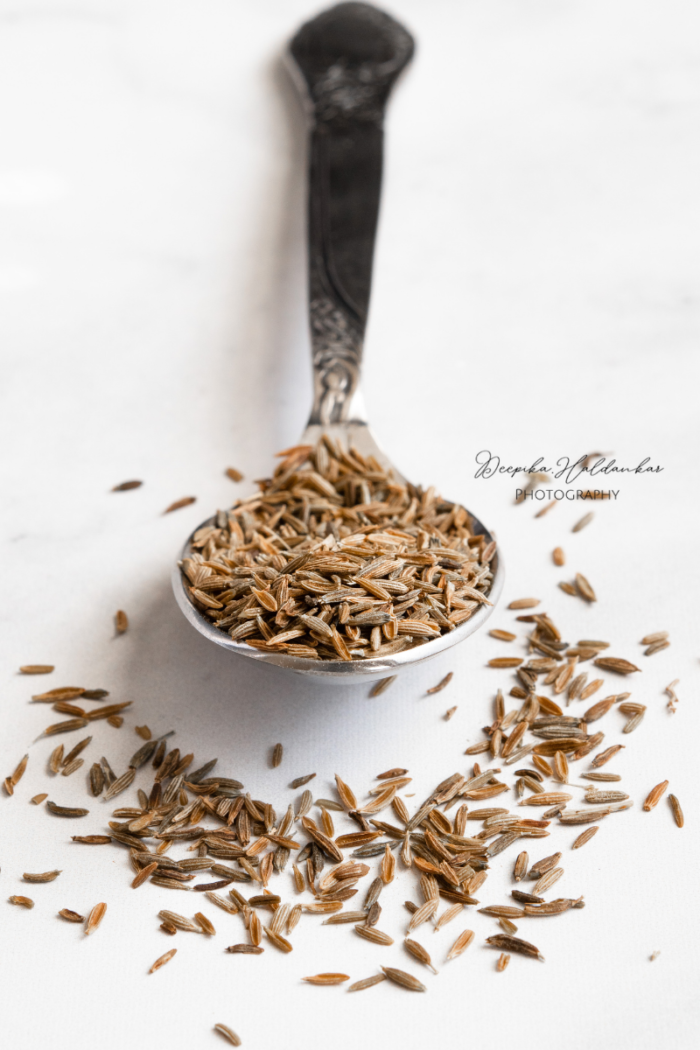
Botanical Name: Cuminum Cyminum
Other Names: Jeera, White Cumin
Forms: Whole Seeds and ground (powdered)
A spice filled with a pack of flavor. Cumin is an annual plant used in the Middle Easters, North African, Iranian, Indian, Turkish, Spanish, Mexcian, and Morrocan cuisine.
Cumin harvest takes place when the seeds have ripe and the whole stalks are dry. The small seeds are slightly curved, ridged, and pale brown in color to greenish-grey.
They have a pungent, warm earthy aroma, which gets stronger if crushed or toasted.
Some of the food that cumin can be paired with our baked goods, beans, curries, kababs, carrots- to name a few.
Handy Tip:
Add cumin seed early in the cooking process to help realize its aroma and flavor into the food. To store these, toast cumin seeds on a dry pan to increase their flavor.
I have used cumin seeds in my recipe for Indian Spiced Lentil Stew. (Recipe)

Mustard:
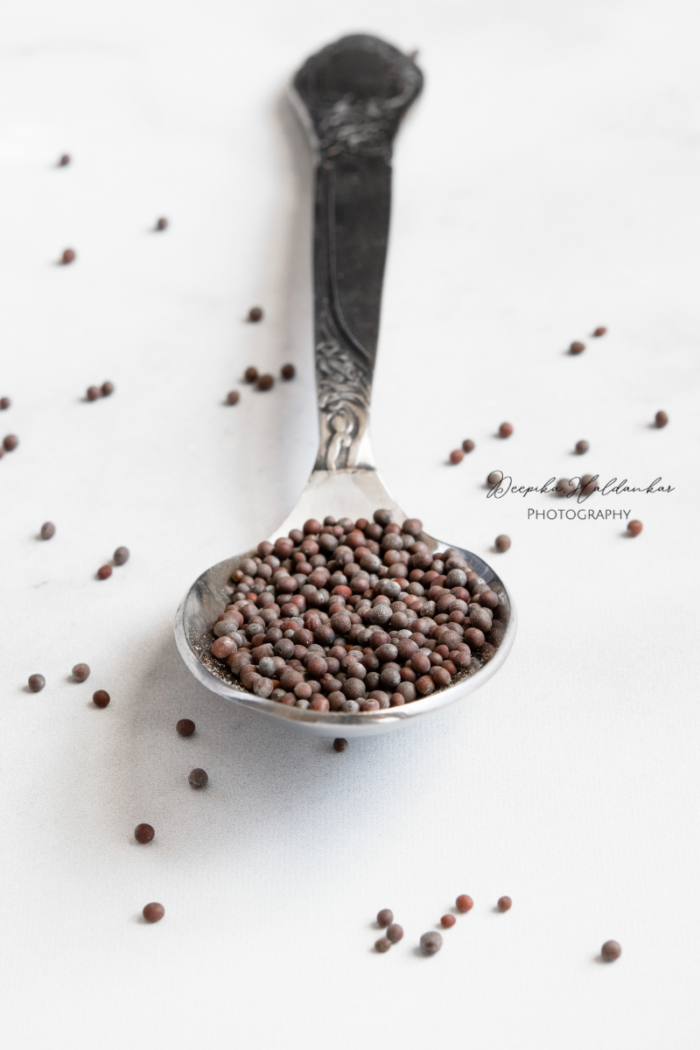
Botanical Name: Brassica Nigra, Brassica Alba, Sinapis Alba
Other Names: Chinese Mustard, Indian Mustard.
Forms: Whole seeds, cracked seeds, and ground.
White (yellow mustard) is the most familiar to Westerners. It grows throughout Europe and the Mediterranean as well as North America and Canada.
While brown and black mustard is indigenous to India and other Asian countries.
The mustard plant is an annual, and all varieties produce bright yellow flowers. The seeds are harvested just before the pods are fully matured.
Black Mustard seeds are the most pungent, followed by brown and then yellow mustard.
Mustard seeds are used in many Indian curries and pastes. They are added at the beginning of the cooking until they pop.
When cracked or coarsely grounded, they can be added to rubs and marinades. They make an excellent addition to vinaigrettes.
I have used whole Black Mustard seeds in my recipe for Quick Carrot Salad: (Recipe)
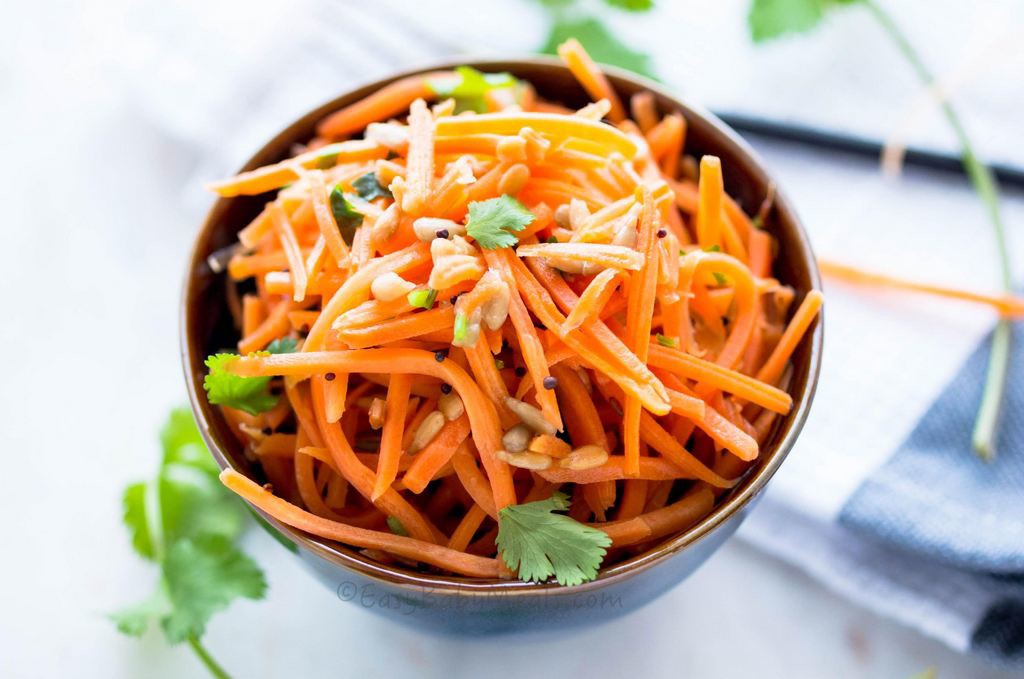
Turmeric:
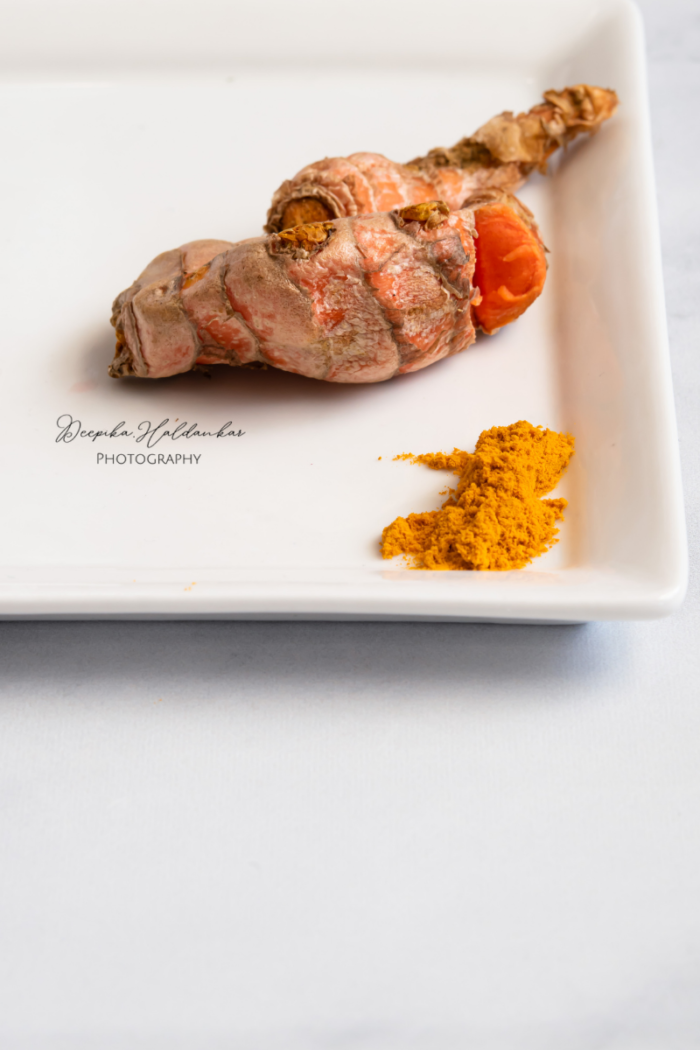
Botanical Name: Curcuma Longa
Other Names: Madras Turmeric, Alleppey Turmeric, yellow ginger, Indian saffron.
Forms: Root, ground
Turmeric comes from a ginger family, and like ginger, it comes from the plant’s underground rhizomes.
It is native to India but is widely grown in Asia, South America, and the Caribbean.
Turmeric rhizomes are rounder than those of ginger, and they are bright orange inside. The rhizomes are carefully removed to harvest them, and the shorter rhizomes, known as fingers, are broken off from the larger rhizomes.
Turmeric has a distinct color and aroma along with color. It is used as a dye for ages. It has a bitter undertone with earthy and warmly fragrant.
Turmeric is a staple in Indian cooking. Most of the dishes have Turmeric as one of the ingredients.
Besides India, the yellow spice has its place in Nepal, South Asia, Morroco, and the Middle East.
Turmeric can be used in curries, pastes, marinades, and rub. It is a versatile spice that goes well with vegetables, poultry, meat, and fish.
In my recipe for Mango Turmeric Smoothie, I have used fresh turmeric root. The aroma of the fresh turmeric root takes this smoothie to another level. (Recipe)
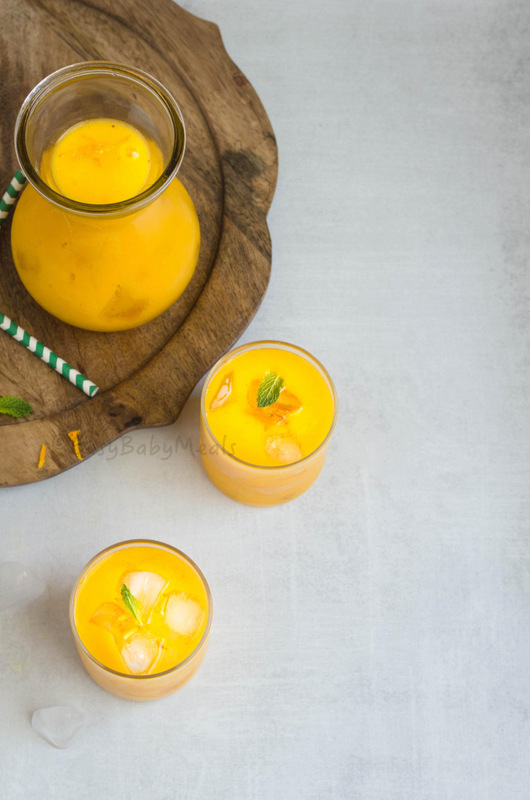
Nigella Seeds:
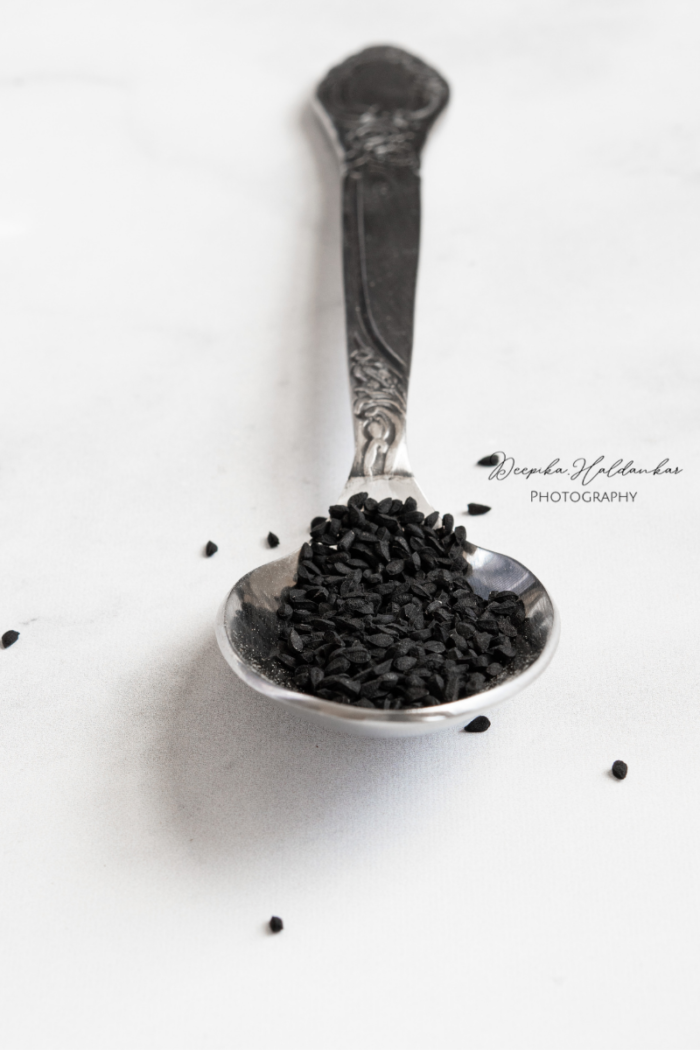
Botanical Name: Nigella Sativa
Other Names: Black seed, black onion seeds or black caraway seed, kalonji
Forms: Whole seed.
Nigella is an annual native to western Asia, southerner Europe, and the Middle East. The Romans used nigella seeds in the kitchen, but the spice was better known for its medicinal properties.
The nigella seeds are harvested just before they are ripe. The tiny black seeds have a distinct rounded triangular shape.
Nigella seeds are usually used whole and are sprinkled on bread and naans in Middle Eastern, Turkish, and Indian cuisine. It is also one of the important spice in Ethiopian cuisine.
I have used whole nigella seeds in my recipe of Collard Green Stew. (Recipe)
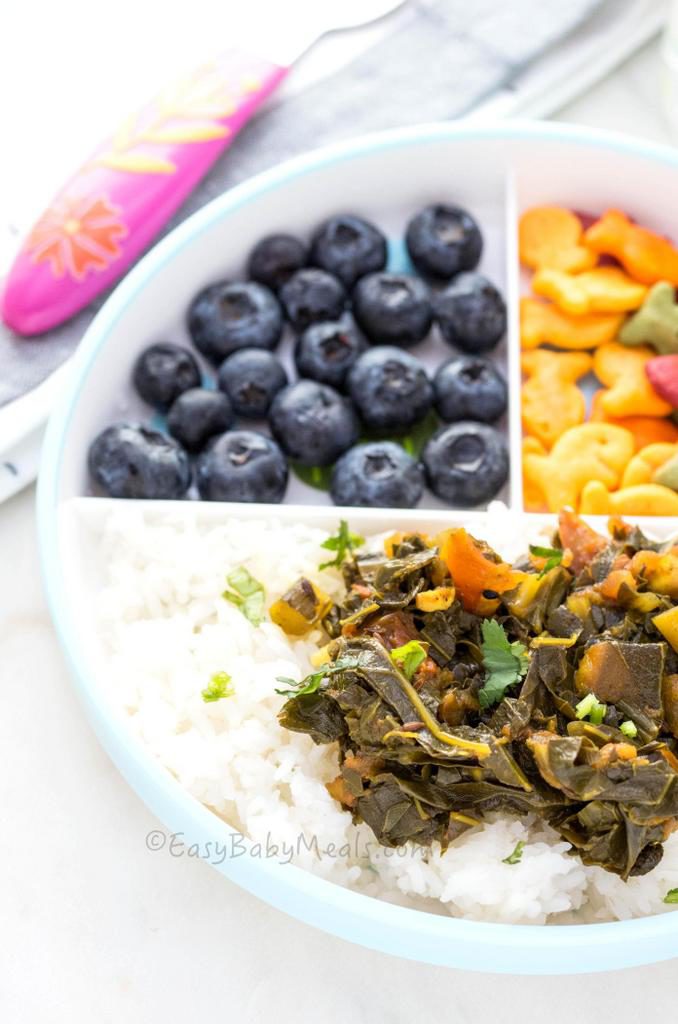
Cardamom:

Botanical Name: Elettaria Cardamomum
Other Names: Green Cardamom, Brown Cardamom.
Forms: Pods, whole seeds, and ground (powder)
Cardamom is a tropical perennial bush in the ginger family native to southern India and Sri Lanka. It is also grown in Vietnam, Guatemala, and Tanzania.
Cardamom is called the queen of spices. It is harvested by hand just before the fruit is ripe. If left to mature, the pods will split open, and the seeds will be lost.
Cardamom has a warm sweet fragrance with delicate citrus and floral notes.
Cardamom features prominently in Indian, Persian, Turkish, and Arabic cuisine. Stews, biryanis, vegetable dishes, as well as desserts, use cardamom.
Cardamom goes well with sweet spices such as cinnamon, allspice, cloves, and nutmeg.
For me, it is one of my favorite spices to use. I have used cardamom in this Caramelized Nectarine With Icecream. (Recipe)
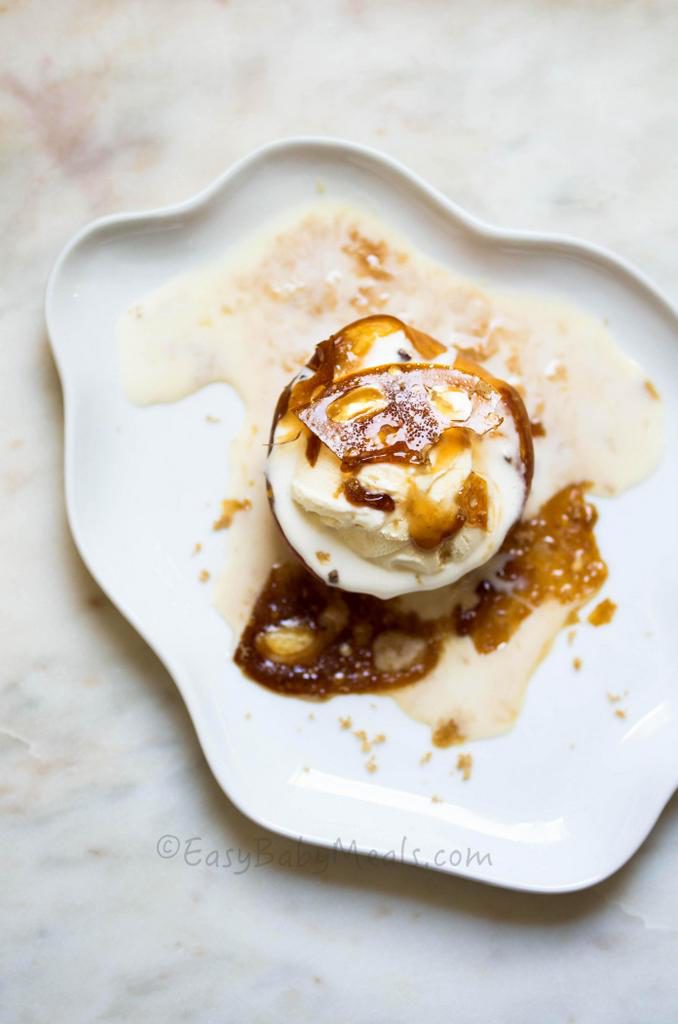
There you go. You have five different spices to try this year, making a great addition to your cooking.
Spices can make or break a meal. Hence a little goes a long way.
You can get all of the spices above in your local grocery stores or specialty shops. All of these are available in Indian stores.
All of the mentioned spices are baby-friendly. I have used all of these in baby food for my daughter. Since each child is different, please consult your pediatrician before introduction these spices.
So go ahead, give these spices some love and enjoy their flavors.
Which of these is your favorite? Let me know in the comments. Till we talk again. Take care and Happy Cooking.
For more recipes along with tips and tricks, subscribe to our mailing list. You can also follow us on Facebook, Pinterest, Twitter, and Instagram.
References:
Book: Karen Page And Andrew Dornenburg- The Flavor Bible- The Essential Guide To Culinary Creativity, Hachette Book Group- (93, 144, 145,230, 231, 354)
Book: Padma Lakshmi With Judith Sutton And Kalustyan- The Encyclopedia Of Spices And Herbs- Harper Collines Publishers- ( 44, 46, 92, 93, 193, 195, 196, 199, 200)
I have only used a few of these in the past but I will definitely give them all a try this year.
Oh yes, for sure do give them a try. This year I am all into trying new spices and herbs. 🙂
What a great article! Some of these were new to me but because I’m a huge foodie, I’ll be experimenting with them. Thanks for the info!
I am so glad you found the article useful. Happy to share what I learn. 🙂
I love learning and trying new things, thanks for posting all of this great info and inspiration!
I am so happy you found it useful. 🙂
Love it when I can prepare my own seasonings and these recipes do not disappoint! So easy and flavorful!
Oh yes, making our own seasonings is so much better. I am glad you liked the recipes.
You’ve definitely inspired me to expand my spice rack! Thank you so much 🙂
I am so glad to know. 🙂